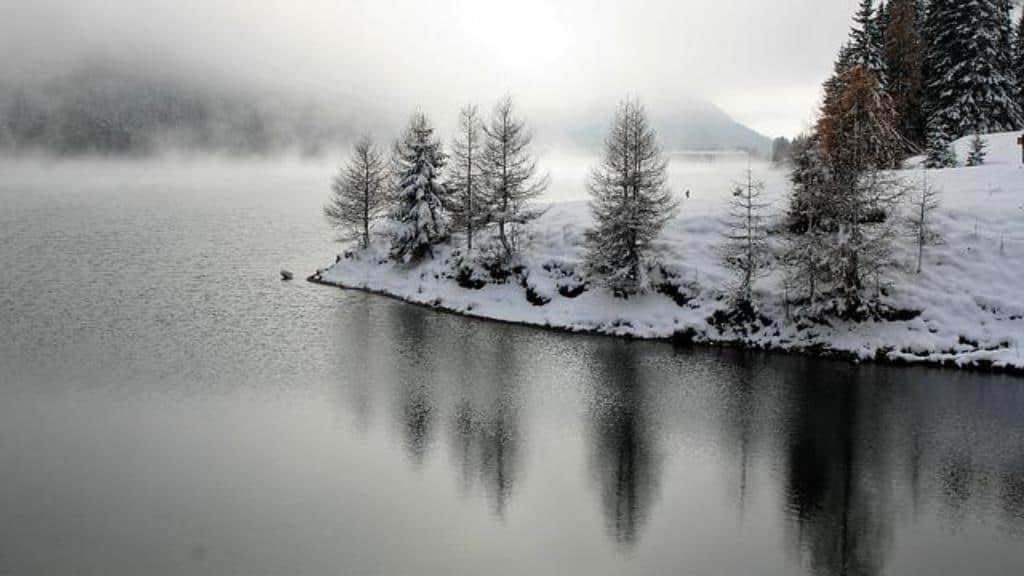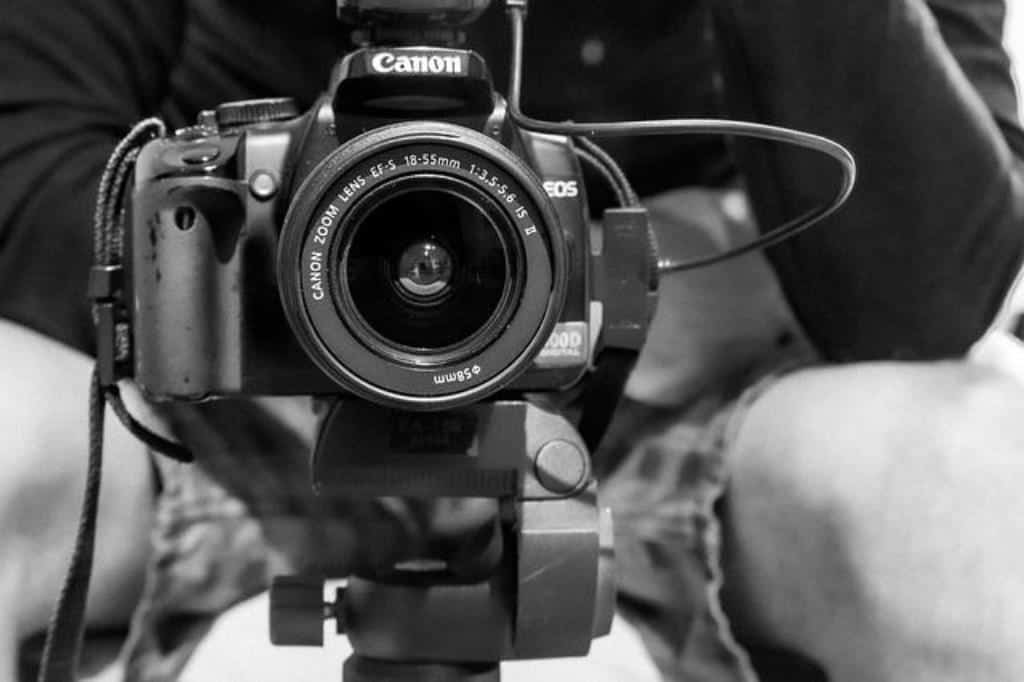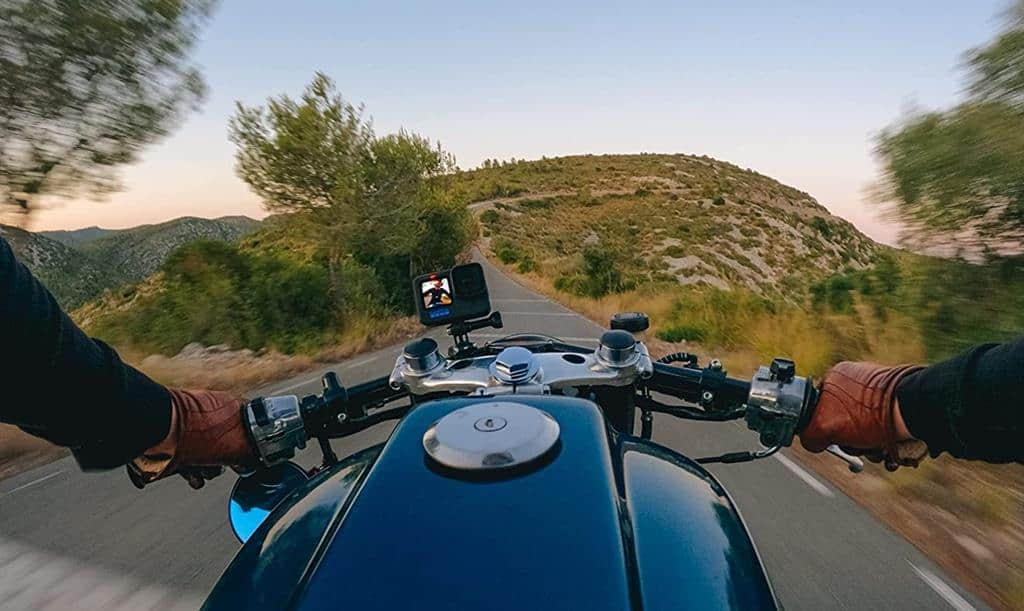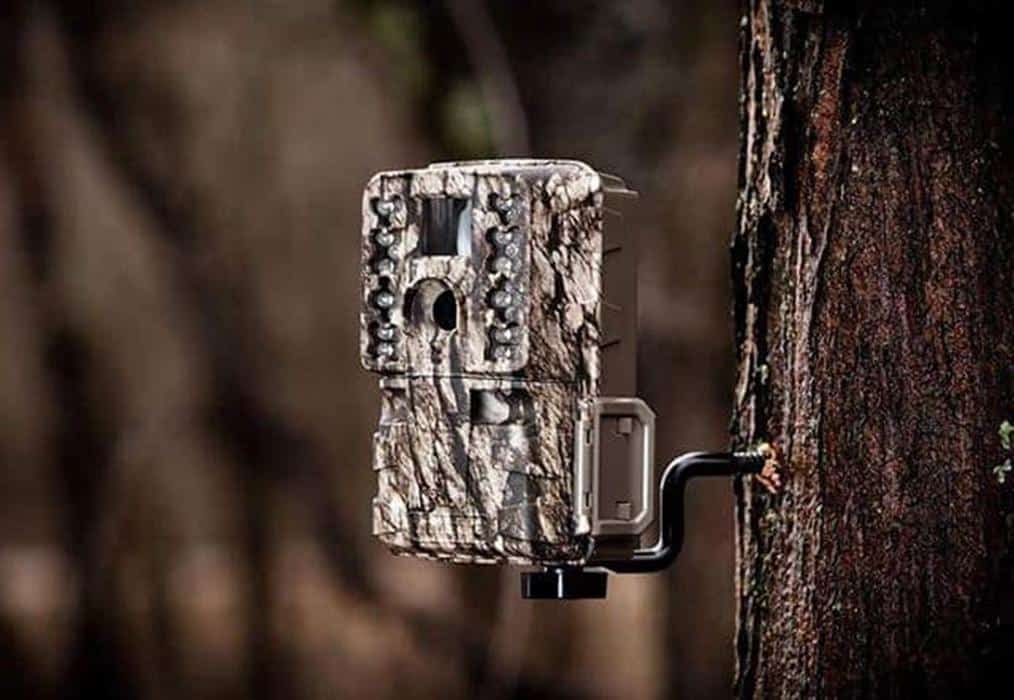Taking photos in HDR mode has become a common practice nowadays. High dynamic range, most often abbreviated as HDR, is a processing technique whereby photos taken with multiple exposures are harmonized to create a single optimized image or a single photo edited to the right scene exposures.
HDR is mostly used by photographers in high contrast scenes common with landscape photography and interior shots whereby given sections may look more or less exposed. The images resulting from HDR processing provide a near real image scene. Multiple images are captured for each video frame and then combined into one HDR video for HDR videos.
How it works
An HDR (high dynamic range) photo is just several photos captured at varying exposure levels and then manipulated by software to produce a better image from a commoner’s eye. However, from a professional angle, it’s a complex process that entails taking many bracketed photos with varying shutter speeds to get a set of images with varying brightness.
Mounting the camera onto a sturdy tripod stand on a still surface gives the best HDR photos because the camera is completely still. The photographer then blends the images using suitable post-processing software to create one image displaying the scene’s well-lit, colorful and best-focused sections.

What are the best camera settings for HDR Shooting?
When shooting the images combined or edited to create an HDR image, your camera should be in the correct settings. First, minimize any camera shaking by using your camera when mounted on the tripod. This precaution will prevent potential blurring in your long exposure shot. Strong winds can also cause movement and should be avoided.
Next, you need to ensure you choose the RAW mode option when shooting. RAW images are better than JPEG images because they give you more details and flexibility in the post-processing stage. You should then check the aperture to ensure it remains constant in all shots to avoid having a varied depth of field in each image. Correctly set the aperture manually and avoid altering it during the shooting.
Make use of continuous shooting mode. Applying the continuous shooting setting on your camera when shooting HDR photos ensures that you take all bracketed pictures just by clicking the release button once rather than pressing it for every exposure. Most DSLR cameras have this essential option to prevent the camera’s shaking when the button is pressed, leading to a possible blurring of the images.
Continuous mode thus eliminates unnecessary pressing that could shake the camera and affect the quality of the photos. Lastly, set the right metering based on the desired exposures for the scene. Depending on your camera, you can choose the Matrix or Evaluative mode to get the best scene exposures.
How to take HDR photos

Step 1. Mount your camera on a tripod
A tripod stand is an essential tool in HDR photography. Using a tripod also allows you to get a stable platform to avoid overlapping the images. The tripod stand gives this stability needed for HDR photos. With a stable platform, you can use the lowest ISO and correct aperture to get shots of everything in focus.
Shutter speed may not be that significant with HDR Photos unless when creating a long exposure. It is good to know that HDR may not be that useful in shooting actions because creatures that move suddenly like the sportspeople, animals, or pets.
Step 2. Set up exposure bracketing
Exposure bracketing mode alters the camera settings between exposures on DSLR cameras. It appears as a line on the back of the camera with a calibration ranging from-3 to +3. Use the shutter wheel to tune the correct bracketing of, for example, -2 stop 0, +2 stop, etc., depending on desired range in the scene.
Cameras have varied ways of setting up exposure bracketing. Many of them do it by varying the shutter speed, while some do it by bracketing white balance. Therefore, ensure you read your camera manual to set the right bracketing.
Step 3: Set your focus and the middle exposure
If you are used to metering on common photography, you will have an easy time here because it’s the same thing you do for HDR photos. Once you expose the image for the middle exposure, the camera will automatically use the bracketing setting to get the next two exposure.

Information in the histogram at the back of the camera will help you choose the right exposure. You will need to clip the left and right sides of the histogram for HDR shots. When you press you finger on the shutter button, the first image gets exposed for the middle exposure. The following two photos vary the shutter speed by -2 stops and +2 stops in that respective order.
A 2-second timer or shutter release setting will give you the best results because the camera doesn’t shake. Any slight shaking of the image may lead to poor pictures. Once you are through with the three exposures, you can use Adobe Lightroom Classic to process your photos.
Step 3: Be patient when taking long exposures
Long exposure, particularly at night, requires patience as the settings clear any undesired movements, whether from passing vehicles or people. Give yourself time to take all scene exposures to get the best shots. If you face any bothersome interference common in busy scenes, you can shift from continuous mode and individually shoot every scene exposure to get a clear photo.
Conclusion
While this writeup doesn’t exhaust all known HDR tips, it gives you a better chance to initiate and improve your HDR projects. And in case you have had exposure to HDR techniques, it will help you improve on areas you think you need to improve. We will keep you up to date with more tips to ensure you keep growing your skills in this field. Take a commitment to practice these tips and read more. You will like the way you become a pro in HDR skills suddenly.



